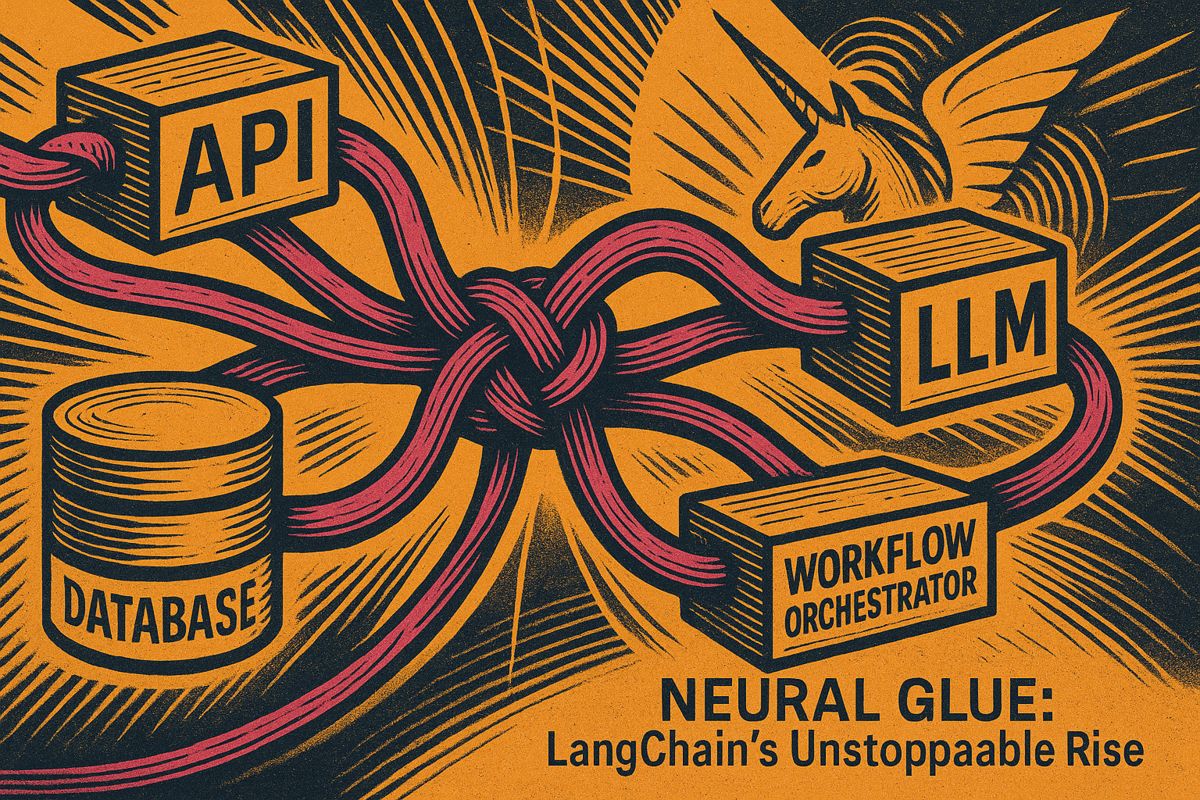Corporate jargon may seem like a professional shorthand, but a 2025 study confirms that confusing workplace jargon raises stress and slows worker response times. The experiment, which tracked 1,240 employees, found that messages loaded with vague buzzwords directly correlate to higher employee stress levels (University of Florida study).
Conversely, leaders who prioritize clarity over complexity see significant gains. By replacing buzzwords with straightforward stories and concrete examples, they can boost team engagement, accelerate collaboration, and ensure strategic goals remain clear and actionable.
How Jargon Erodes Collaboration
Jargon creates a cognitive burden, forcing employees to decode language instead of focusing on tasks. This ambiguity reduces psychological safety, making them hesitant to ask questions or admit confusion. The result is a cycle of reduced confidence, slower action, and increased stress as team members disengage.
The Florida research quantified this effect, showing employees exposed to dense terminology asked 21% fewer clarifying questions, a key indicator of low psychological safety. Participants also reported diminished confidence, leading to information hoarding. This confusion disproportionately affects junior team members, fostering informal silos that slow projects and increase costs. With global engagement at just 23%, according to 2025 Gallup polls, communication quality is critical. Vague phrases like “customer-centric synergy” erode trust, making employees question if leaders truly grasp the issues at hand.
Workplace Jargon and Strategy Execution
When strategy documents are filled with jargon, employees are left to guess what success actually means. According to the Axios HQ 2025 State of Internal Communications report, teams execute faster when they clearly understand the “why” behind decisions (Axios HQ insight). Plain language connects daily work to overarching company goals, aligning intention with action.
For example, “accelerate customer intimacy initiatives” is vague, while “call five current clients to learn one unmet need this week” is a specific, measurable directive. To improve clarity, use this checklist for strategic memos:
– Replace any three-syllable word that has a simpler synonym.
– Swap abstractions like optimization with concrete verbs such as shorten or expand.
– Add a numeric target or deadline to every key action.
– Limit each paragraph to one core idea.
Clear Storytelling Frameworks for Leaders
Effective communication frameworks provide structure while allowing for an authentic leadership voice. The ‘What? So What? Now What?’ model is a simple yet powerful tool: start with a fact, explain its impact, and define the next action. For instance: “Our cloud migration is 75% complete. This has already cut costs by 12%. We will migrate billing next, so finance must prepare data exports by Friday.”
Storytelling is another potent method, as narrative arcs are more memorable than bullet points. The ‘Four Signposts of Storytelling’ (setting, challenge, choice, outcome) can transform abstract objectives into relatable scenes. As noted in a recent Harvard Business Review discussion, this approach makes strategy actionable (HBR conversation). By consistently pairing plain language with vivid stories, leaders clarify direction and purpose. This clarity empowers teams and unlocks the discretionary effort that jargon otherwise stifles.
Why does business jargon raise stress and slow response in 2025?
A 2025 University of Florida study found that excessive jargon reduces employees’ ability to process messages, triggering negative emotions and cutting confidence. When people hear “synergize the cross-functional vertical,” they spend extra mental cycles decoding instead of acting, which delays response times and drives up cortisol levels. The result: quieter meeting rooms, slower projects, and a 9-point drop in engagement among knowledge workers.
Which popular terms are the worst offenders?
“Market leader,” “customer-first,” “agility,” and “ecosystem play” top the 2025 list. Each sounds decisive yet carries no shared meaning across teams. In a January 2025 HBR podcast, strategist Andrea Belk Olson notes that when executives say “we need to be more agile,” half the room pictures faster sprints and half pictures smaller budgets – misalignment baked into the buzzword.
How does unclear language hurt strategy execution?
Axios HQ’s 2025 internal-communities report shows that employees who understand the “why” behind a decision are 2.3× more likely to go above and beyond. Jargon obscures that “why,” so initiatives stall. Olson’s white paper “Why Isn’t Your Strategy Sticking?” links vague phrasing to 67% of failed rollouts in surveyed firms.
What practical frameworks can leaders use instead?
Replace buzzwords with story signposts:
1. Setting – “Our market share slipped 3% last quarter.”
2. Challenge – “New entrants undercut us by 18%.”
3. Choice – “We will cut production costs 12% and relaunch Q3.”
4. Outcome – “This protects 400 jobs and funds next-gen R&D.”
Pair the tale with BLUF (Bottom Line Up Front) and What? So What? Now What? structures to keep updates under 90 seconds and action-oriented.
Where can I see these techniques in action?
Listen to the 10-minute segment of HBR’s January 2025 podcast where Olson coaches a logistics director through replacing “leverage optimized throughput” with a four-signpost story that cut meeting time 28% and sped project kickoff by six days.


















